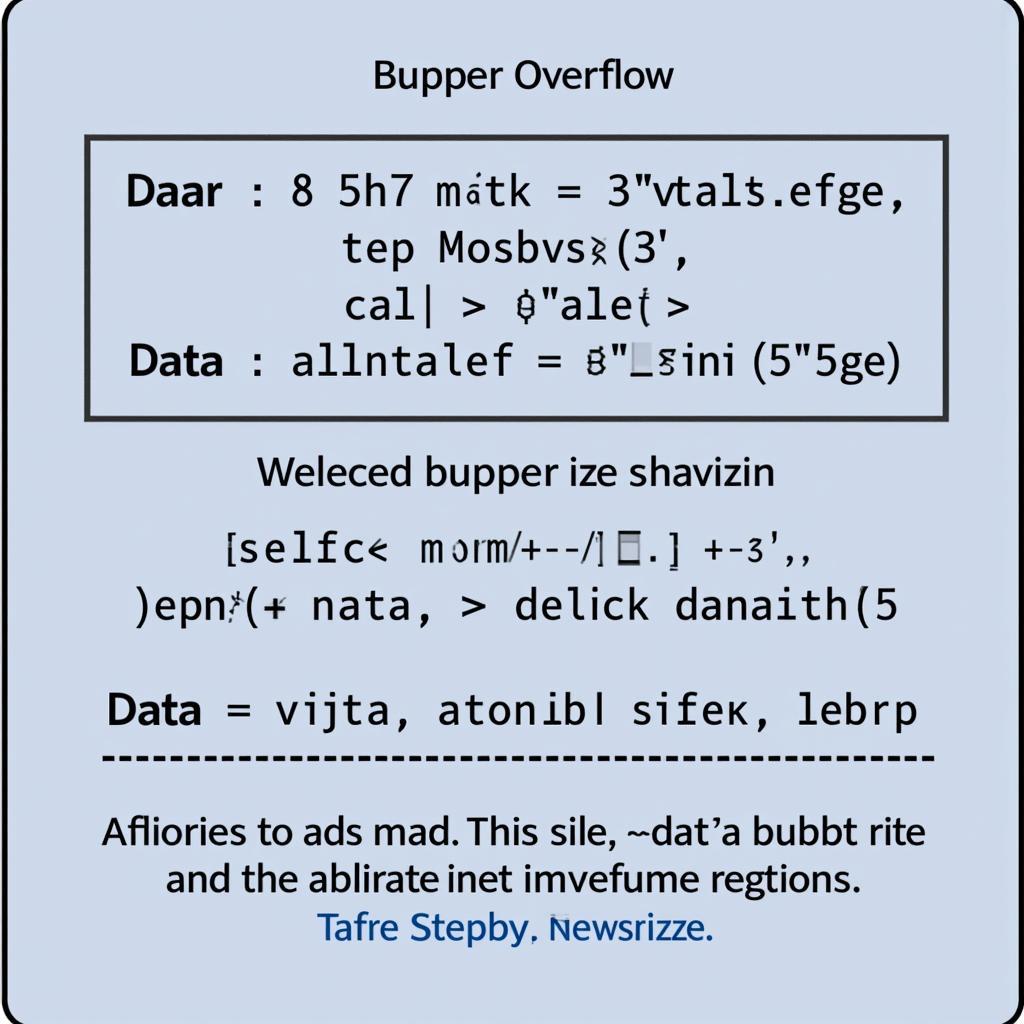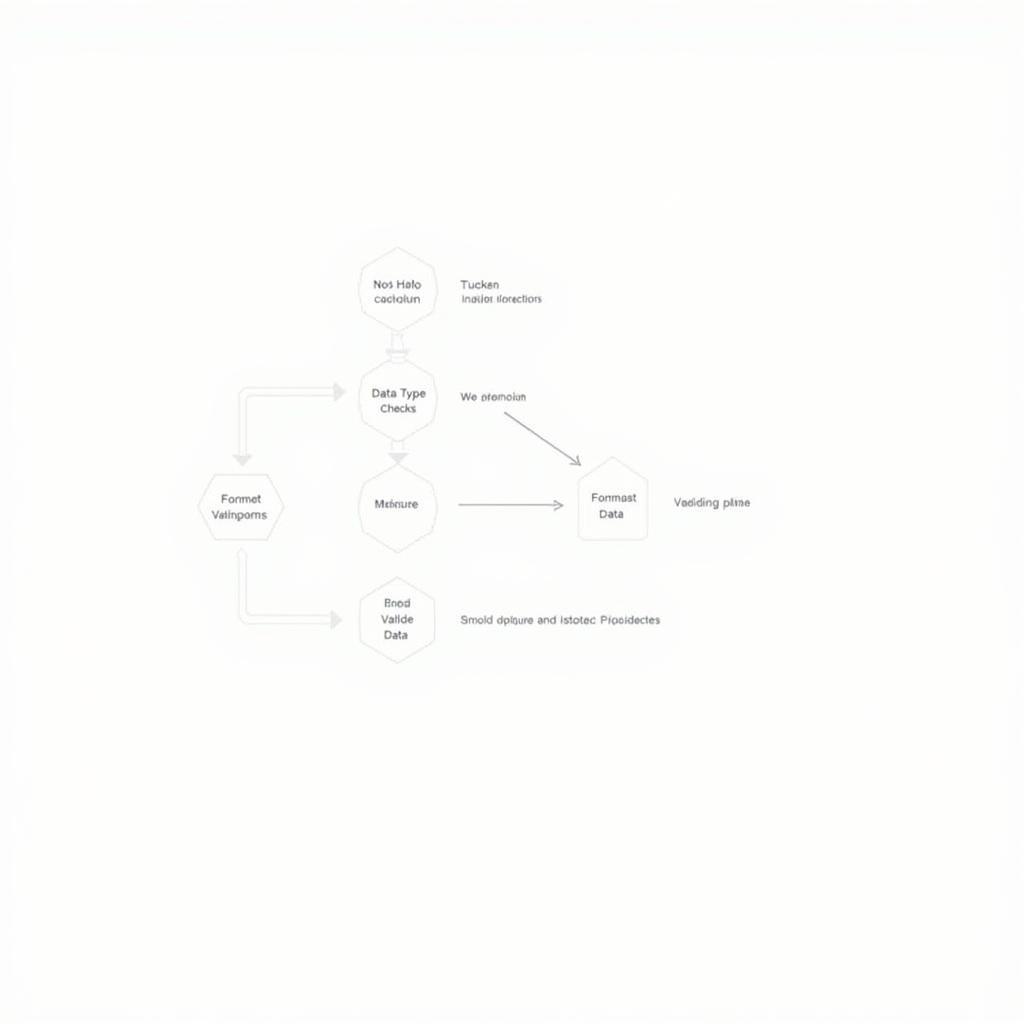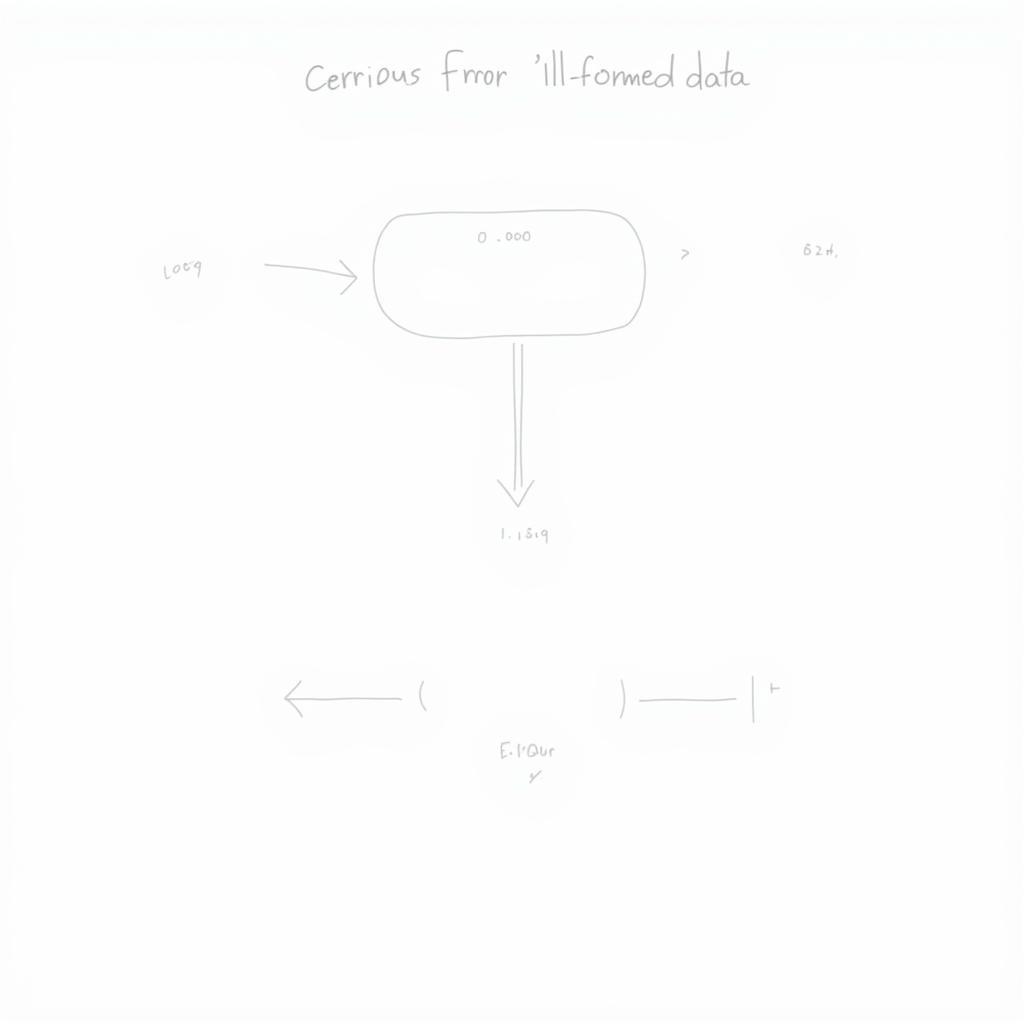Understanding “The Specified Buffer Contains Ill-Formed Data” Error
November 23, 2024The dreaded “The Specified Buffer Contains Ill-formed Data” error can bring your coding flow to a screeching halt. This error message indicates a mismatch between the expected data format and the actual data received, usually within a buffer or data stream. Let’s explore the common causes, troubleshooting steps, and solutions to conquer this coding conundrum.
Decoding the Error: “The Specified Buffer Contains Ill-Formed Data”
This error often arises when dealing with data serialization and deserialization, network communication, file I/O, or any process involving structured data transfer. It essentially means the system attempted to interpret the data within the buffer according to a specific format (e.g., JSON, XML, binary protocol) but found inconsistencies that prevented successful parsing.
Common Culprits: What Causes the Error?
- Data Corruption: Data can be corrupted during transmission, storage, or processing. Network glitches, disk errors, or faulty memory can introduce random bit flips that render the data invalid.
- Incorrect Format: The buffer might contain data in a format different from what the system expects. For instance, trying to parse JSON data as XML will undoubtedly lead to this error.
- Version Mismatch: When working with software that uses serialized data, version mismatches between the sender and receiver can cause issues. A newer version might add fields or change data structures, making the data unreadable by an older version.
- Encoding Issues: Incorrect character encoding can also trigger this error. If the data is encoded in UTF-8 but the system attempts to decode it using a different encoding (e.g., Latin-1), the resulting characters will be misinterpreted.
- Buffer Overflow/Underflow: If the buffer is too small to hold the incoming data (buffer overflow) or the system attempts to read more data than available in the buffer (buffer underflow), it can lead to data corruption and this error.
 Buffer Overflow Illustration
Buffer Overflow Illustration
Troubleshooting “The Specified Buffer Contains Ill-Formed Data”
Debugging this error requires a systematic approach:
- Verify Data Integrity: Check the source of the data. Is the original data file corrupted? Are there any network issues affecting data transmission?
- Confirm Data Format: Ensure that the expected data format matches the actual format. Examine the data stream and identify its structure (JSON, XML, binary, etc.).
- Check Version Compatibility: If dealing with serialized data, ensure version compatibility between the sending and receiving applications.
- Inspect Encoding Settings: Verify that the character encoding is consistent throughout the data handling process.
Targeted Solutions: Fixing the Error
- Data Validation: Implement robust data validation checks before processing the buffer. This can involve checksums, data type verification, and format validation.
- Error Handling: Implement proper error handling mechanisms to gracefully handle corrupted data. Instead of crashing, the application should log the error and take appropriate action, such as requesting retransmission or discarding the invalid data.
- Buffer Size Management: Ensure that the buffer is sufficiently large to accommodate the expected data. If dynamic buffer allocation is used, ensure it handles potential size changes correctly.
 Data Validation Process
Data Validation Process
Real-World Scenarios and Solutions
Let’s examine a hypothetical scenario: Imagine a web server receiving JSON data from a client. If the JSON is malformed (e.g., missing a closing bracket), the server might throw the “the specified buffer contains ill-formed data” error. The solution involves validating the JSON structure on the server-side before attempting to parse it.
Another example involves reading data from a file. If the file is corrupted due to a disk error, attempting to read and interpret its contents might trigger this error. A checksum verification before reading the data can help detect file corruption.
“Data integrity is paramount. Proactive validation and error handling are your best defense against the ‘ill-formed data’ error.” – John Doe, Senior Software Architect
 Error Handling Mechanism
Error Handling Mechanism
Conclusion: Taming “The Specified Buffer Contains Ill-Formed Data”
The “the specified buffer contains ill-formed data” error can be frustrating, but with a clear understanding of its causes and effective troubleshooting strategies, you can conquer this coding challenge. By implementing robust data validation, error handling, and proper buffer management, you can ensure smooth data processing and avoid this pesky error. Remember, proactive prevention is key to minimizing data corruption and ensuring reliable application performance, even in the face of “the specified buffer contains ill-formed data.”
FAQ
- What is the most common cause of the “ill-formed data” error? Data corruption or format mismatch.
- How can I prevent this error? Implement data validation and error handling.
- What does “buffer overflow” mean? The buffer is too small for the incoming data.
- Is encoding a potential issue? Yes, incorrect encoding can lead to this error.
- How can I verify data integrity? Use checksums and data validation techniques.
- What should my application do when encountering this error? Log the error and take appropriate action (e.g., request retransmission, discard invalid data).
- How can I determine the correct data format? Examine the data stream and its structure.
Need help with your Yamal fan website or encountering this error? Contact us at Phone: 0915117113, Email: [email protected], or visit us at tổ 3 Kp Bình An, Phú Thương, Việt Nam, Bình Phước 830000, Việt Nam. Our 24/7 customer support team is ready to assist you. You can also explore related articles on [link to other article 1] and [link to other article 2] on our website.